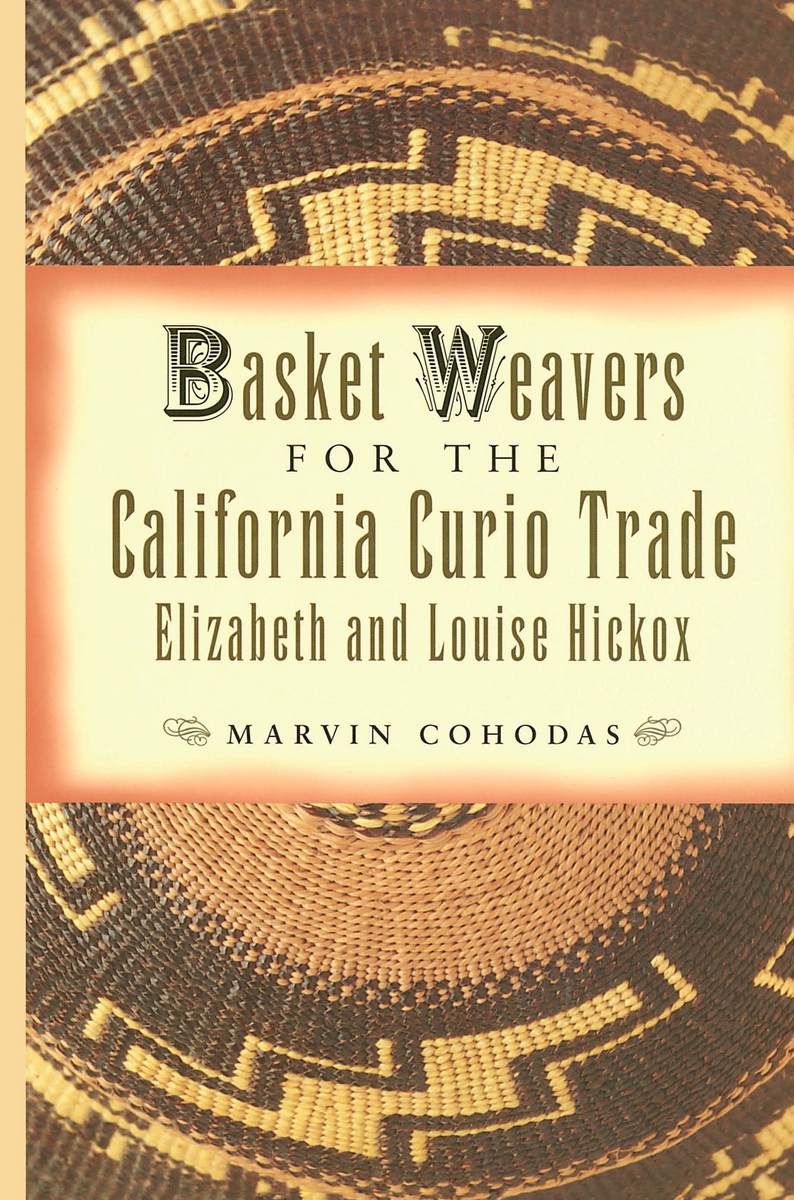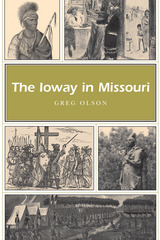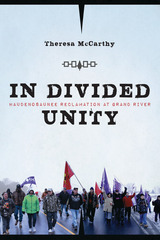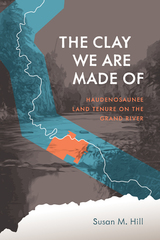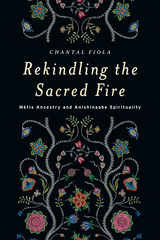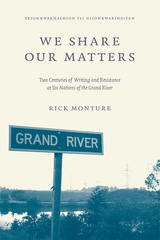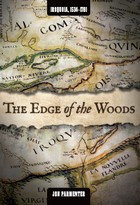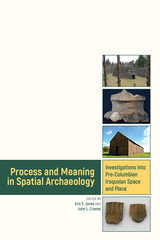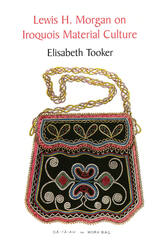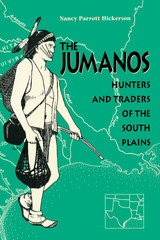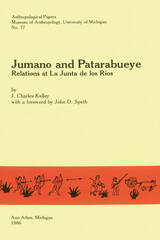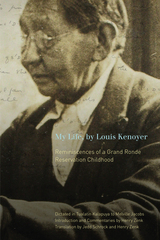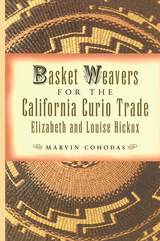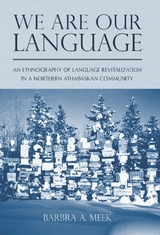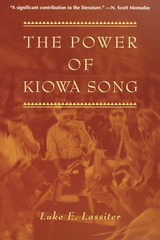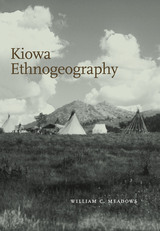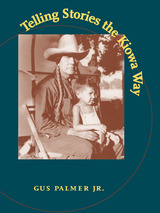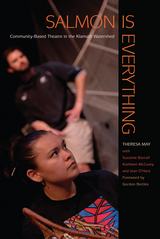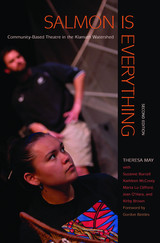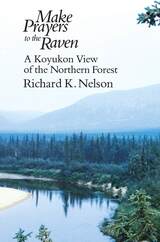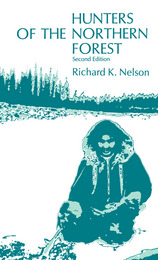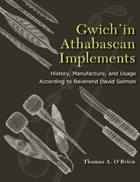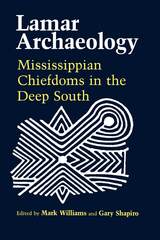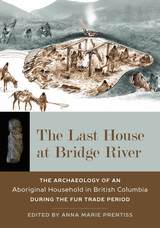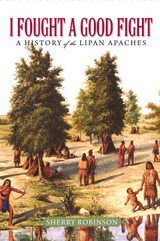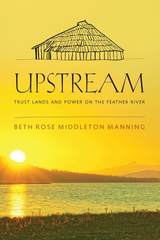Basket Weavers for the California Curio Trade: Elizabeth and Louise Hickox
University of Arizona Press, 1997
eISBN: 978-0-8165-4106-5 | Cloth: 978-0-8165-1518-9
Library of Congress Classification E99.K25H533 1997
Dewey Decimal Classification 746.41209239757
eISBN: 978-0-8165-4106-5 | Cloth: 978-0-8165-1518-9
Library of Congress Classification E99.K25H533 1997
Dewey Decimal Classification 746.41209239757
ABOUT THIS BOOK | AUTHOR BIOGRAPHY | REVIEWS | TOC
ABOUT THIS BOOK
The peoples of northwestern Califonia's Lower Klamath River area have long been known for their fine basketry. Two early-twentieth-century weavers of that region, Elizabeth Hickox and her daughter Louise, created especially distinctive baskets that are celebrated today for their elaboration of technique, form, and surface designs.
Marvin Cohodas now explores the various forces that influenced Elizabeth Hickox, analyzing her relationship with the curio trade, and specifically with dealer Grace Nicholson, to show how those associations affected the development and marketing of baskets. He explains the techniques and patterns that Hickox created to meet the challenge of weaving design into changig three-dimensional forms. In addition to explicating the Hickoxes' basketry, Cohodas interprets its uniqueness as a form of intersocietal art, showing how Elizabeth first designed her distinctive trinket basket to convey a particular view of the curio trade and its effect on status within her community.
Through its close examination of these superb practitioners of basketry, Basket Weavers for the California Curio Trade addresses many of today's most pressing questions in Native American art studies concerning individuality, patronage, and issues of authenticity. Graced with historic photographs and full-color plates, it reveals the challenges faced by early-twentieth-century Native weavers.
Published with the assistance of The Southwest Museum, Los Angeles.
Marvin Cohodas now explores the various forces that influenced Elizabeth Hickox, analyzing her relationship with the curio trade, and specifically with dealer Grace Nicholson, to show how those associations affected the development and marketing of baskets. He explains the techniques and patterns that Hickox created to meet the challenge of weaving design into changig three-dimensional forms. In addition to explicating the Hickoxes' basketry, Cohodas interprets its uniqueness as a form of intersocietal art, showing how Elizabeth first designed her distinctive trinket basket to convey a particular view of the curio trade and its effect on status within her community.
Through its close examination of these superb practitioners of basketry, Basket Weavers for the California Curio Trade addresses many of today's most pressing questions in Native American art studies concerning individuality, patronage, and issues of authenticity. Graced with historic photographs and full-color plates, it reveals the challenges faced by early-twentieth-century Native weavers.
Published with the assistance of The Southwest Museum, Los Angeles.
See other books on: Art objects | Basket making | Collectors and collecting | Elizabeth | Klamath River Valley (Or. and Calif.)
See other titles from University of Arizona Press
